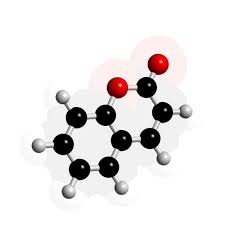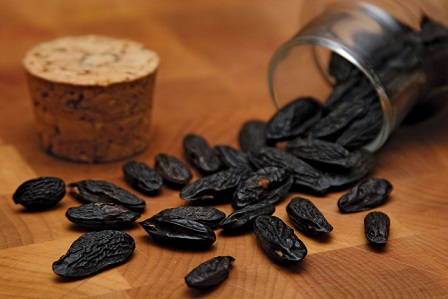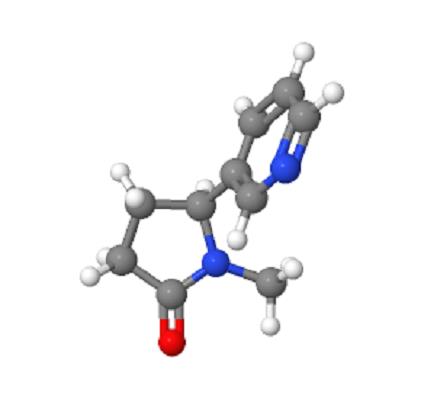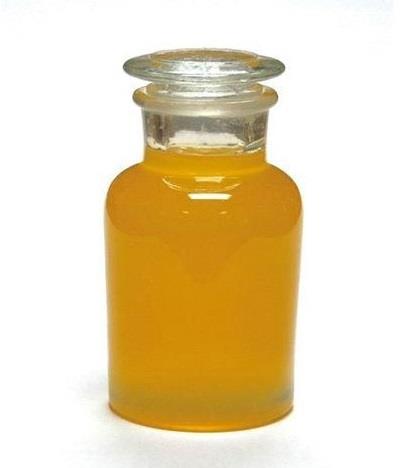Uses of Coumarin
Coumarin is a naturally occurring Benzopyrone compound. It is found in a large number of plants belonging to many different families including tonka beans, woodruff, lavender oil, cassia, melilot (sweet clover), and other plants. It is found in edible plants such as strawberries, cinnamon, peppermint, green tea, carrots, and celery, as well as in partially fermented tea, red wine, beer, and other foodstuffs. Concentrations range from 87 000 ppm in cassia and 40 000 ppm in cinnamon to 20 ppm in peppermint and 5 ppb in tangerines.
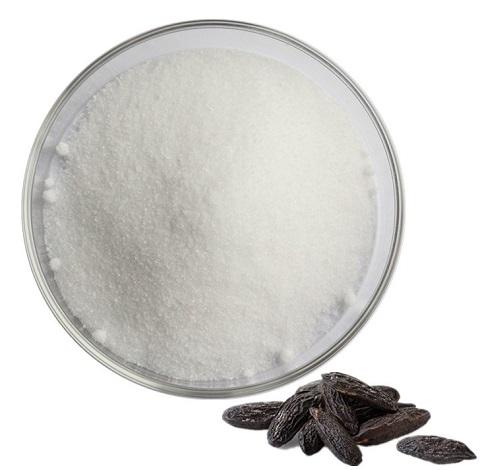
Uses
Coumarin is most often used as a fragrance ingredient, where it functions as a fragrance, as a fragrance enhancer, and as a stabilizer. Coumarin is widely used in perfumes, hand soaps, detergents, and lotions at concentrations from 0.01 to 2.4%. It is used to give pleasant aromas to household products or to mask unpleasant odors. The conservative estimate for systemic exposure of humans by using cosmetic products is 0.13 mg kg-1 day-1, disregarding any corrections that should be made for absorption that is <100%. Coumarin is used as a pharmaceutical for the treatment of high-protein lymphedema and for improved venous circulation, and has been tested in clinical trials as an antineoplastic. Although coumarin’s use in foods is allowed via naturals such as cinnamon, at the present time, coumarin is not permitted for use as a direct food additive; however, it is used as a tobacco flavor. Coumarin is also used in the electroplating industry.
Environmental Fate
Coumarin is readily biodegradable. Coumarin is unlikely to bind to soil. Coumarin does not bioaccumulate; the bioconcentration factor has been determined to be <10–40. Various environmental fate studies have shown that coumarin in the environment would biodegrade and be lost to volatilization. Losses resulting from photolysis may also occur.
Toxicity
Coumarin toxicity is a function of blood and target tissue levels of coumarin relative to the metabolic capacity of the target organ. Cellular toxicity results when the formation of the toxic moieties exceeds the capacity of the cell to detoxify. This can have significant impact when comparing dosing by gavage to dietary exposure.
);You may like
Related articles And Qustion
Lastest Price from Coumarin manufacturers
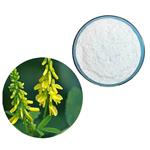
US $0.00-0.00/kg2024-04-23
- CAS:
- 91-64-5
- Min. Order:
- 1kg
- Purity:
- ≥98% HPLC
- Supply Ability:
- 1000kg

US $3.00/kg2024-04-20
- CAS:
- 91-64-5
- Min. Order:
- 1kg
- Purity:
- 99.92%
- Supply Ability:
- 50000tons

